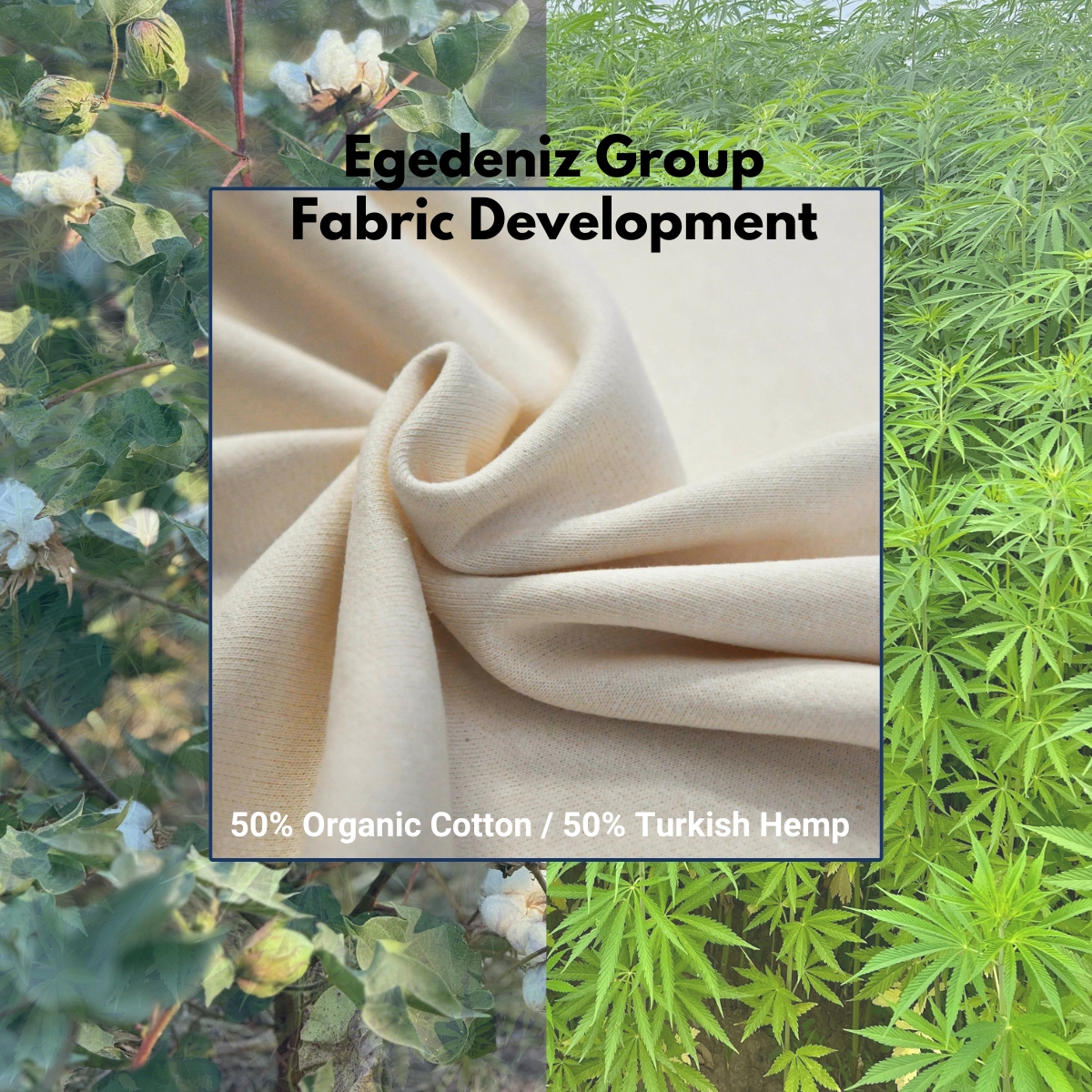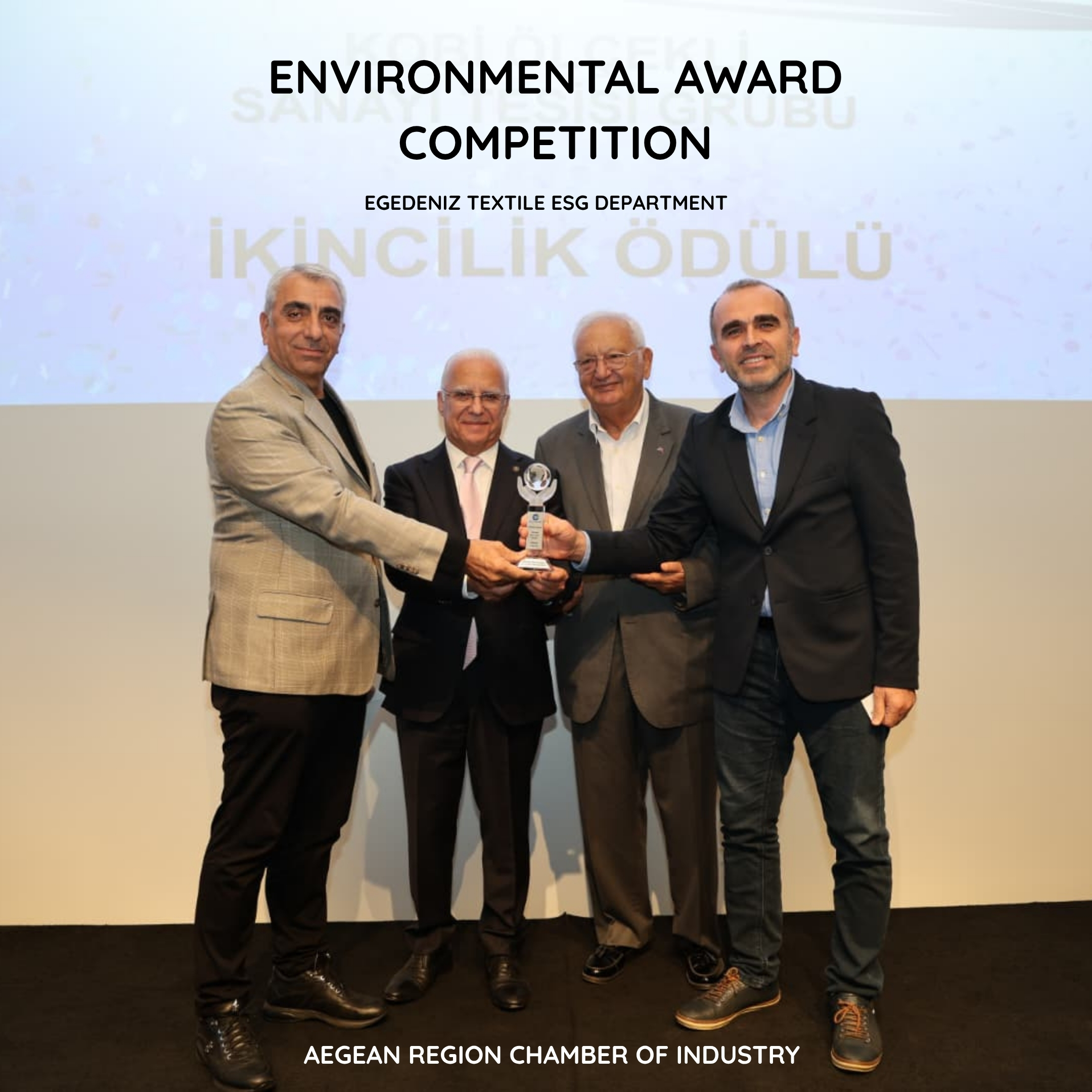The Importance of Cotton
Cotton, the soft, fluffy fiber that has clothed humanity for millennia, is more than just a fabric. It’s a cornerstone of global textile production, impacting economies, cultures, and environments worldwide. Aegean Region is renowned for its rich history and fertile lands. Region has long been a significant contributor to the global cotton supply.
The Aegean Region: A Unique Cotton-Growing Environment
The Aegean region, with its Mediterranean climate and fertile soils, has long been renowned for its high-quality cotton production. The region’s unique combination of factors, including:
- Mild winters and hot summers: These conditions provide optimal growing conditions for cotton.
- Well-drained soils: The Aegean soils are well-suited for cotton cultivation, allowing for efficient water management.
- Abundant sunlight: The region’s ample sunlight promotes healthy plant growth and fiber development.
These factors contribute to the distinctive qualities of Aegean cotton, including its softness, luster, and strength.
The Benefits of Regenerative Agriculture
Regenerative agriculture is a holistic approach to farming that focuses on improving soil health, biodiversity, and ecosystem resilience. By adopting regenerative practices, farmers like Halil Amca can:
- Enhance soil quality: Regenerative techniques, such as cover cropping and crop rotation, help to improve soil structure, nutrient content, and water retention.
- Reduce environmental impact: Regenerative farming practices can mitigate climate change by sequestering carbon in the soil, reducing water pollution, and promoting biodiversity.
- Increase resilience: Regenerative systems are more resilient to pests, diseases, and extreme weather events, ensuring a more stable and sustainable food supply.
Introducing Halil Ekiz (as we call him; Uncle Halil): A Journey to Regenerative Farming
At the heart of our story is Halil, a seasoned farmer from the Aegean region. With a deep-rooted connection to the land, Halil Amca has dedicated his life to cultivating cotton. His journey, however, hasn’t been without its challenges.
Halil was born into the farming culture. From a very early age, he started to get to know the soil, understand it, and be a part of the journey of experiencing how their tables get filled from the soil. After his beloved father’s loss, with the connection he has, he took over all the fields and farming processes as his father’s legacy.
The Shift from the Organic Cotton
Halil’s journey with organic cotton began in the early 90s. He was drawn to the idea of cultivating crops without the use of harmful chemicals, believing that it was a more sustainable and ethical approach to farming. He mentions “People were living lot longer back then when everything was untouched and coming from the nature itself. My father himself lived over 100, but unfortunately look at us, at the age of 60 we have problems walking and taking pills. We disturbed nature so much that now we are harvesting what we planted.”
For over a decade, Halil successfully grew organic cotton, producing high-quality fiber that met the demands of discerning consumers.
However, the early 2000s also presented significant challenges for organic cotton farmers. Market fluctuations, limited access to resources, and the high costs of organic certification made it difficult for many farmers to sustain their livelihoods. Halil faced with these economic pressures and forced to abandon his organic farming practices.
Despite the setback, Halil remained committed to promoting sustainable agriculture. For years, he continued to support other farmers in the village, encouraging them to adopt organic practices and advocating for policies that would benefit small-scale farmers. However, the economic realities of the situation eventually forced him to make a difficult decision: to convert some of his fields to conventional farming to ensure his financial stability.
Even as he transitioned to conventional farming, Halil never gave up on his dream of returning to organic agriculture. He actively sought out support and resources to help him maintain his organic practices and explore new possibilities. His search led him to Egedeniz Textile in 2017, where he found a partner who shared his commitment to sustainable farming.
With Egedeniz’s support, Halil was able to allocate more resources to his organic fields and expand his organic production. The partnership also provided him with the opportunity to explore new regenerative farming techniques. Halil launched a pilot project in 2020 on a 14-acre field that had been left fallow for several years due to the economic hardships he faced. His project marked the beginning of his journey into regenerative hemp and cotton cultivation.
Through regenerative agriculture, Halil hopes to not only restore the health of his land but also create a more sustainable and resilient farming system. By focusing on soil health, biodiversity, and ecosystem resilience, he aims to produce high-quality organic fiber while minimizing his environmental impact.
Connecting with Halil: A Glimpse into the Heart of Our Supply Chain
This year, we had the privilege of hosting a special event for our customers and partners where they had the opportunity to meet Halil in person. We gather together on behalf of our 5th Annual CSR Event. This encounter provided a unique glimpse into the heart of our supply chain and the dedication of the farmers who produce our sustainable fabrics.
By connecting our customers and partners with Halil, we were able to:
- Highlight the human element behind our products: Showcase the passion and commitment of the people who cultivate our cotton.
- Strengthen relationships: Foster deeper connections with our customers and partners by sharing the stories of those who contribute to our business.
- Promote transparency: Demonstrate our commitment to ethical and sustainable sourcing practices.
This event was a valuable opportunity to celebrate the progress we have made in supporting regenerative agriculture and to inspire others to join us on this journey toward a more sustainable future.
The Role of Private Sector Support
While organic and regenerative agriculture offers numerous benefits, it can be challenging for farmers to transition from conventional methods. Financial constraints, lack of knowledge, and market risks are among the obstacles they face. This is where the private sector can play a crucial role.
By supporting farmers like Halil, companies can:
- Invest in sustainable supply chains: Partnering with regenerative farmers helps to ensure a sustainable and ethical source of raw materials.
- Promote innovation: Collaborating with farmers can drive the development of new regenerative technologies and practices.
- Create positive social and environmental impacts: Regenerative agriculture can contribute to rural development, job creation, and environmental conservation.
The Future of Aegean Cotton
Halil Amca’s story is a testament to the potential of regenerative agriculture in the Aegean region. By supporting farmers like him, we can help revitalize the cotton industry, promote sustainable practices, and ensure a brighter future for both the farmers and the environment.
As Egedeniz Textile, we are committed to working with farmers like Halil to create a more sustainable and equitable cotton supply chain. Together, we can shape the future of Aegean cotton and contribute to a more sustainable world.



